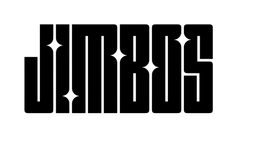Can You Do Paint Correction Without a Machine Polisher?
No machine? No problem—kind of. Here’s what you can realistically expect from hand polishing, and why a DA polisher might still be your best detailing tool.
Can You Polish by Hand?
Yes—you can polish paint by hand using a foam or microfiber applicator pad. With the right technique and product, you can improve gloss, clean up oxidation, and lightly reduce haze.
But there’s a big difference between “polishing by hand” and true paint correction.
What You Can Fix by Hand
- Light oxidation on neglected paint
- Surface haze or dullness
- Some improvement to older waxed finishes
- Quick shine-ups before wax or sealant
What You Can’t Fix by Hand
- Swirl marks
- RIDS (Random Isolated Deep Scratches)
- Etched water spots
- Paint that feels rough or neglected
Hand polishing just doesn’t generate enough cutting power to correct serious defects.
How to Polish by Hand (The Right Way)
- Wash and clay the paint thoroughly
- Apply a few drops of Picture Perfect Polish to a foam applicator
- Rub into a 2x2 ft section with light-to-moderate pressure in overlapping circles
- Wipe off with a clean microfiber towel
It’ll help boost shine and clean the surface—but don’t expect miracles.
Why a DA Polisher Is Worth It
If you’re serious about improving your paint, a dual-action polisher is one of the best investments you can make.
- Faster results
- Safer than rotary polishers
- Much more consistent correction
- Works perfectly with one-step products
Pair a DA polisher with Picture Perfect Polish and a Burgundy Pad, and even a beginner can get pro-level results in a weekend.
Bottom Line
Yes, you can polish by hand—but it’s limited. You’ll get better, faster, and more consistent results with a machine polisher.
If you’re on the fence, try polishing your hood by hand first. Then watch how much better (and easier) it is once you make the upgrade.
Recommended Products
- Picture Perfect Polish
- Softer Than Soft Microfiber Towels
- Burgundy Correction Pad
- Black Finishing Pad




